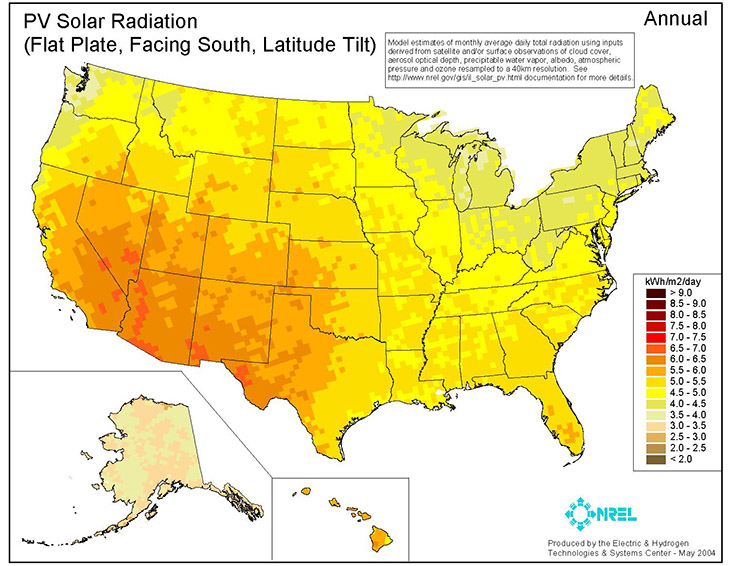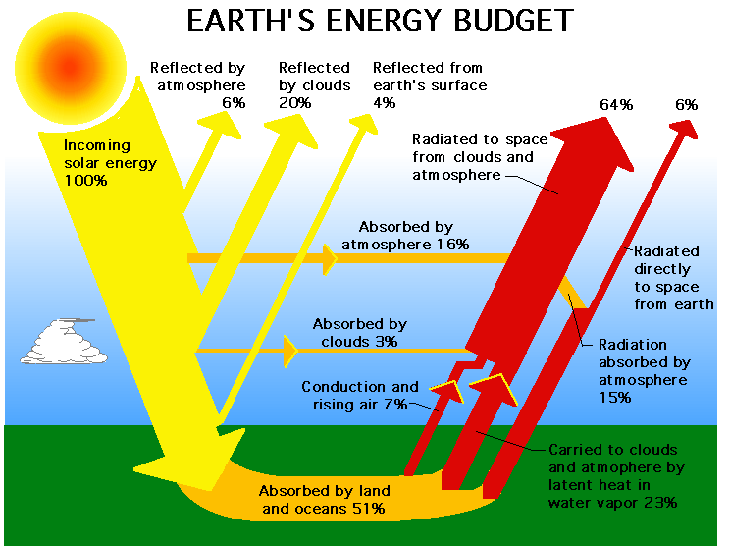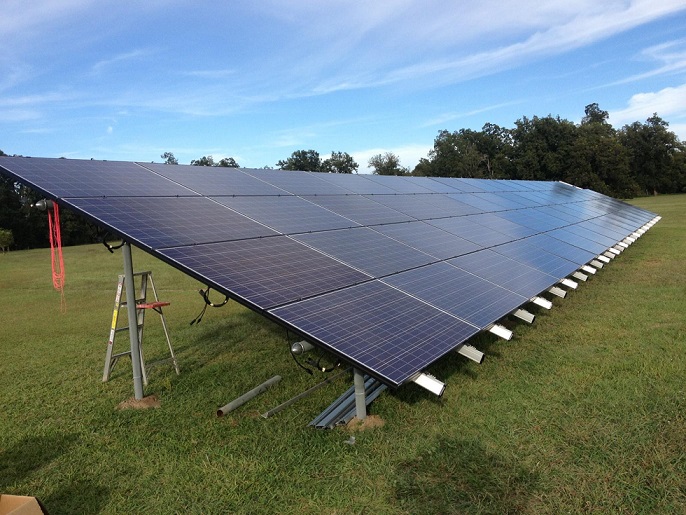 Loading... Please wait...
Loading... Please wait...- Home
- Resources
- Learn Solar
- Understanding Solar Radiation
Products
- Solar Panels
- Solar Panel Kits
- Solar Generators
- Inverters
- Inverter Monitoring
- Inverter Accessories
- Balance of Systems
- Racking and Mounting
- Rails
- Flashings
- Splice Kits
- Stopper Sleeves
- Conduit Mounts
- Attachments
- Brace Assembly
- Base Mount
- Brackets
- Bolts
- Clamps
- Caps
- L-Feet
- Washers
- Skirt
- Lugs
- Tilt Legs
- Hooks
- Stand-Offs
- Ballast Bay
- Top of Pole Mount
- Side of Pole Mount
- Flush Mount Kits
- Ground Mount Kits
- Roof Mount Kits
- Hardware Packages
- Wire Management
- Batteries
- Battery Accessories
- Charge Controllers
- Tools and Supplies
- View All Products
Understanding Solar Radiation
Understanding Solar Radiation

| Solar Radiation Explanation |
|
|
Solar Radiation or Solar Irradiance is the power per unit area received from the Sun in the form of electromagnetic radiation in the wavelength range of the measuring instrument. Irradiance may be measured in space or at the Earth's surface after atmospheric absorption and scattering. It is measured perpendicular to the incoming sunlight from the sun. |
|

*Annual PV Solar Radiation in the United States |
| Solar Radiation Availability |
|
Solar Radiation is made up of the sun’s electromagnetic energy of various wavelengths. As the radiation enters the earth's atmosphere, approximately half is reflected into space while the other half passes through to the earth’s surface. The air molecules in our atmosphere react with incoming solar radiation, thus scattering the light and absorbing most of the harmful rays. The rest that make it through, the ‘filtered energy’ is what see and feel as sunlight.
Solar Radiation that reaches Earth acts as its main source of energy in a multitude of ways. Namely, it warms the Earth's surface, regulating weather systems and providing a habitable environment for various lifeforms to exist, and thrive in. |
| Learn More About Solar Energy | |











